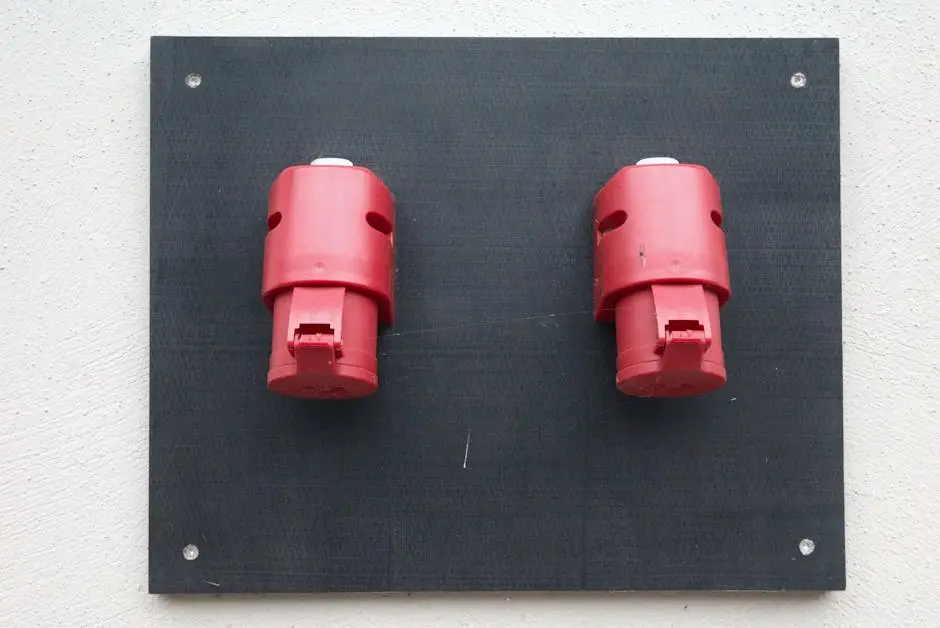
How Can I Ensure Secure Connections with Terminal Connectors?
Share
Ensuring secure connections with terminal connectors is crucial for the reliability and safety of your electrical projects. Whether you’re a seasoned electrician or a DIY enthusiast, understanding how to properly secure your connections can prevent potential hazards and ensure the longevity of your setup. In this FAQ, we’ll guide you through the essential steps to guarantee secure connections.
Choose the Right Type of Terminal Connectors
Selecting the appropriate terminal connectors for your specific project needs is the first step. Consider factors like the type of wire, current load, and environmental conditions to make an informed choice.
For optimal connection quality, wire end connectors offer versatile options such as ferrules and butt connectors, each designed for specific applications whether indoor or outdoor.
Our Vinyl Male Bullet Connector 16-14GA .157” is an excellent choice for a variety of applications, offering robust features for secure and effective electrical connections.
Inspect Connectors for Any Defects
Before proceeding with any connections, carefully inspect each connector for signs of damage or manufacturing defects. A compromised connector can lead to inadequate connections and potential electrical failures.
Even minor deformations in connectors can affect connection quality. It’s essential to examine every connector thoroughly, especially in high-stakes environments such as industrial or automotive systems.
Ensure Proper Wire Stripping
Properly stripping the wire insulation is crucial. Too much or too little stripping can affect connection integrity. Use the correct tools to achieve optimal results and prevent wire damage.
When preparing your wires, make sure you’re using appropriate tools to remove just the right amount of insulation. Wire end connectors rely on precise wire stripping for secure attachment.
Securely Fasten the Connections
Once the wire is stripped, ensure it is securely fastened within the terminal connector. Tight connections prevent problems such as arcing and ensure efficient electrical flow.
Vinyl-insulated terminals are designed to hold wires securely, providing stability and preventing potential electrical hazards. In various applications, they excel due to their robust design and ease of use.
Test Connections for Stability
After fastening, gently test the connections by tugging on the wires. This ensures the connector holds firmly and there is no movement that could jeopardize the connection.
A stable connection is not just about initial installation; it’s about enduring performance. Ensure all connections remain stable over time by periodically testing their strength and connection security.
Regularly Inspect and Maintain Connections
Routine inspections and maintenance checks are key to preserving secure connections. Look for signs of wear, corrosion, or loosening, and address any issues promptly to maintain electrical integrity.
Electrical systems are subject to wear and tear over time. Regular inspections help catch minor issues before they become major problems, ensuring your connections remain secure and functional.
Conclusion: Achieve Reliable and Safe Electrical Connections
Mastering secure connections with terminal connectors not only enhances the safety of your projects but also boosts their longevity and performance. By choosing the right connectors, performing thorough inspections, and staying vigilant with maintenance, you’re investing in the reliability of your electrical systems.

